Where do gases in the universe come from?
The universe is full of vast clouds of gases, including hydrogen and helium, which make up the vast majority of matter in the universe. But where do these gases come from?

The answer lies in the process of stellar nucleosynthesis, which refers to the creation of new atomic nuclei in the interiors of stars. This process occurs through fusion reactions, in which two atomic nuclei combine to form a heavier nucleus. The energy released by these reactions fuels the intense heat and pressure at the core of a star and allows it to continue shining.
The most important type of stellar nucleosynthesis is hydrogen fusion, which occurs in the cores of stars like our sun. Here, hydrogen atoms are converted into helium through a series of fusion reactions. This process releases a huge amount of energy and produces a tremendous number of helium atoms. Over time, these helium atoms begin to accumulate in the core of the star, eventually causing it to expand and cool. At this point, the star enters the next phase of its life cycle.
When a star enters its red giant phase, it begins to expand and cool, causing the outer layers of the star to become unstable. As a result, these layers begin to expand and are eventually shed off into space. This process is called stellar mass loss, and it is responsible for much of the gas and dust that we see in space.
In addition to hydrogen fusion, other types of nucleosynthesis can also contribute to the abundance of gases in the universe. For example, in massive stars, higher elements like carbon, nitrogen, and oxygen can also be produced through fusion reactions. When these stars explode as supernovae, they scatter these elements into space, where they can form the basis for new stars and planets.
Ultimately, the gases in the universe come from the process of stellar nucleosynthesis, which converts hydrogen and other lighter elements into heavier elements through fusion reactions. Over billions of years, these elements have been scattered throughout space by exploding stars and other astronomical events, creating the raw materials for new stars and planets to form.
So, it is the cycle of life and death of stars that play a vital role in forming and dispersing the gases that make up our universe.

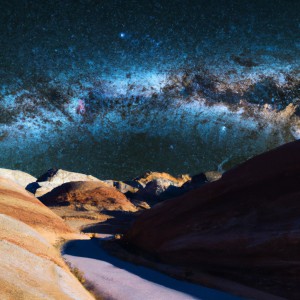
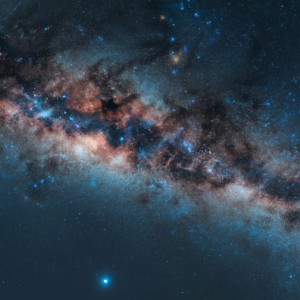



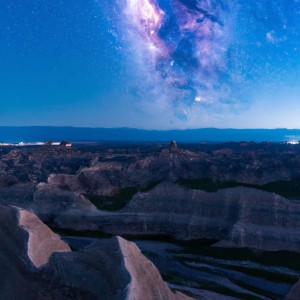


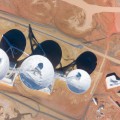
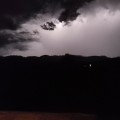


评论